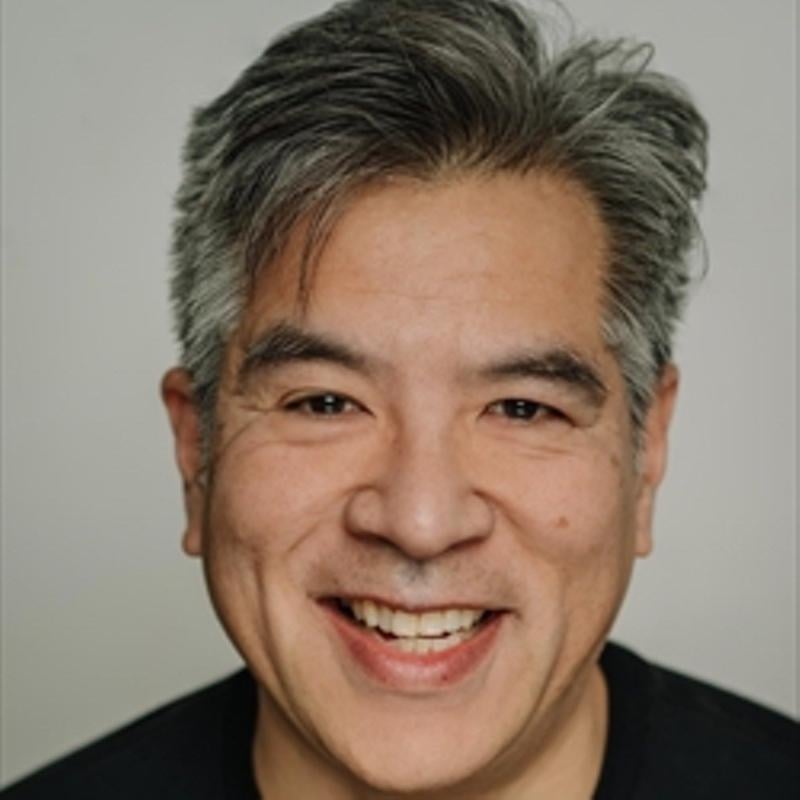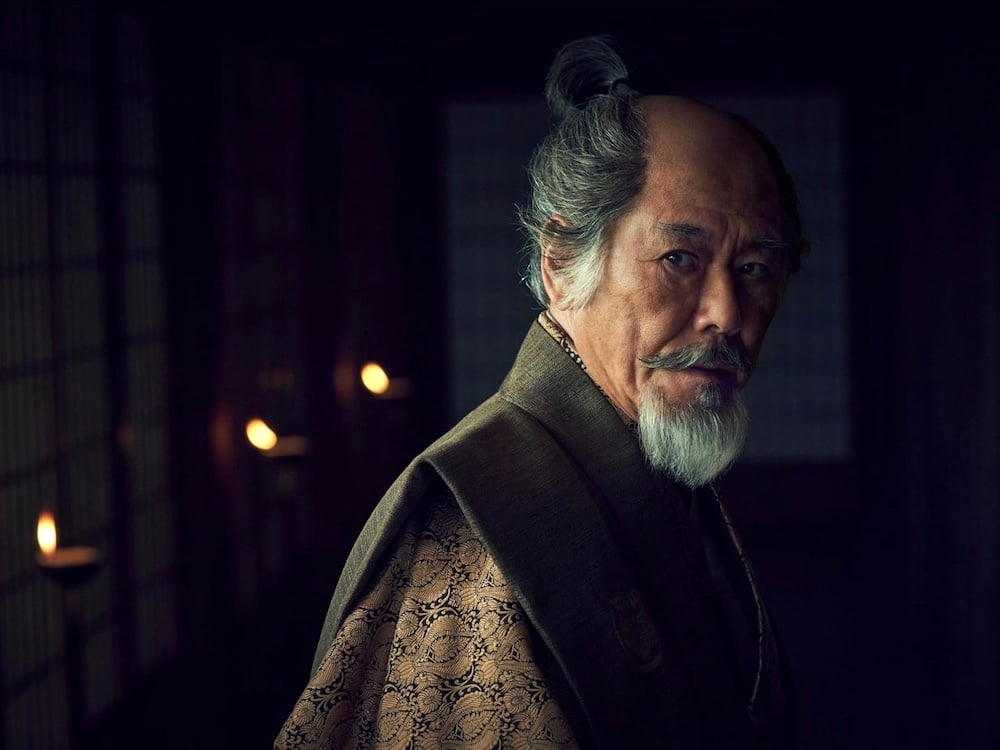Last week, the FX channel (Disney+ in Canada) started streaming Shōgun, a new limited TV series. It’s based on a 1975 novel by James Clavell, a survivor of Japanese prison camps who became a fantastically successful author of historical fiction novels set in Asia.
Shōgun is set at a particularly tense moment in Japanese history, and it looks to be an epic tale of intrigue and discovery. On Tuesday nights in my East Van living room, I’m glued to my television, partly because I am in Shōgun. But mostly because Shōgun is in me.
They say that you’re supposed to keep learning all of your life. What’s surprising to me is that you can also relearn things that you’d forgotten.
Life is weird, and the pandemic made it weirder. The enforced work-from-home era weaned me from the routines that had been my life for decades. So it was just another bizarre detail in an unfathomable time that, in August 2021, I retired from a government career on a Friday and the next Monday was in a Burnaby parking lot with 50 other men, learning to be film samurai.
A Japanese education, sort of
I’d responded to a Facebook ad looking for Japanese people in the Vancouver area with martial arts experience to be part of a locally filmed remake of Shōgun. It sparked my interest because I’d grown up watching the original 1980 miniseries based on the novel. That miniseries featured Toshirô Mifune as Lord Yoshi Toranaga, Yôko Shimada as Lady Toda Buntaro (Mariko) and Richard Chamberlain top-lining as Pilot-Major John Blackthorne. A wave of Japanophilia ensued, with sushi restaurants springing up everywhere and business people quoting Miyamoto Musashi’s 16th-century classic The Book of Five Rings to each other.
At home, Shōgun was my principal source of Japanese education: through Shōgun, I learned a few phrases and was even moved to try Japanese lessons at the Japanese Hall on Alexander Street. I didn’t learn a thing there, apart from not teasing other kids until they stab you with a pencil.
The 2021 Shōgun announcement awakened a desire to act, something I rarely pursued because in the pre-Crazy Rich Asians era it seemed like people who look like me would just be chasing roles like Yakuza No. 3. My interest in acting was sublimated into film criticism, which I did for over 20 years at the Georgia Straight as a hobby.
I had reviewed movies for so long that it was impossibly exciting to be on the other side, to help make the art that I loved to see.
So I clicked on the ad, which brought me to a studio on West Second. Under the eye of stunt co-ordinator Lauro (Lash) Chartrand-Del Valle, prospective samurai were put through a series of rolls, falls and strikes. At 55, I felt like the oldest one there.
Although it was clear that the job would be only for background, with a possibility of stunt work, I displayed good acting by not lying down in agony until I got to my massage therapist.
Apparently this was enough: I was in.
The production had taken over Mammoth Studios in Burnaby. The sets were enormous. In that building alone there were gorgeous gardens, a Dutch ship mounted on a rocking gimbal, and huge shops for carpentry, metal fabrication and costumes.
The samurai wigs alone took up most of a room — they had all been imported from Japan and fit like helmets over our bald pates. To get the right tonsure, the performers were either shaved or fitted with scalps made of waxed fabric, carefully painted.
As samurai extras, our work was outside, in the sun. We spent days on the tarmac, learning how to drill and march. We practised weapons handling. I had some muscle memory from kendo, but I had never learned how to noto — to sheathe the sword elegantly. And I was completely new to Japanese archery, musketry and cannon fire.
All of it was intense exercise, overseen by the late Fumio Demura, a karate legend that I remembered from many covers of Black Belt magazine. We were also watched by Hiroyuki Sanada, No. 1 on the call sheet (possibly a first for a Japanese actor in an American series), and also an executive producer present in all aspects of the show.
Less fun was the training on deportment. Watched and corrected by experts throughout the production, we learned to walk like fighters, hands in loose fists, swords tucked just so, affecting an air of brutal entitlement. Worst, we had to sit, stand and open doors with period accuracy. It had been years since I had been on tatami mats, leading to some remarkable agony in the metatarsals.
And I learned the discipline of the set, such as figuring out how to get up at four in the morning to make your call time, the order of feeding (crew before extras) and being convivial until silenced by set-wide calls to notify everyone that we were “rolling,” followed by the response of “copy that.”
As a newcomer to the business, I soaked up as much knowledge as possible from the other background actors and our handlers and assistant directors. I had a vague idea that Vancouver is a big production centre, but it was a shock to realize how big. Shōgun alone had multiple shooting locations with authentic-looking Japanese buildings, a fleet of trucks for gear, vans for crew and performers, ATVs to ferry cast around the sets, even horse wranglers.
Shooting days were a wonder to me. It’s possible that veterans in this business are jaded by it, but as someone who had written about film for so long, it was an honour to try to make the art that I love, and a privilege to work alongside experts in costuming, makeup and filming.
The act of a crane shot, for example, was so mesmerizing that I forgot to get out of the way — fortunately, I was wearing armour.
To reduce the chance of a COVID-19 outbreak ruining production, we were split into small groups that rotated together through the different training stations, and during filming itself. So most of my scenes are as background for the villainous Lord Yabushige (Tadanobu Asano, who I should have had autograph my copy of the 2001 yakuza film Ichi the Killer), because my group was set as his guards. (Hi Ryu, Ryan and Nigel!)
As background, you’re filling out the scene as a sort of living set decoration, so I hope that you don’t actually notice me. I was acting, though, in the sense of not running away when asked to stand in a frozen field in Langley wearing period-accurate sandals.
Arguably, I was also starting to feel more Japanese, not only in being stoic but by listening to the language all day long. Or almost all day — Cosmo Jarvis started singing a Monty Python song between takes, and after some hesitation I joined in, which was a nice moment for me.
Shōgun is mostly in Japanese, and straining to understand a phrase here and there took me back to being a kid.
The illusion of being ‘post-racial’
Growing up, I could understand my grandparents, but it was all functional language about mealtimes, talking too loudly or needing a bath; even the dogs understood this much Japanese. More complex thoughts were conducted through my parents (or not at all, wordless disapproval being a powerful instrument in itself).
No one seemed to think I would need Japanese. Dad, who sometimes travelled to Japan for work, said that the vocabulary he learned as a Canadian farm boy was impossibly rustic and anachronistic to his hosts, who begged him to speak English instead. Mom’s view was that I had other things to worry about, such as showing the white folks that we were, in fact, just as good, not merely enemy aliens like when she was growing up.
Throw in a formative babysitter who turned me on to anthropologist Ashley Montagu’s Man’s Most Dangerous Myth: The Fallacy of Race, and there I was: a modern, post-racial Canadian.
The catch is that people are only post-racial on the inside. On the outside, variations in melanin and epicanthic folds inevitably lead to questions about one’s race and culture. I’m obviously Asian. It’s always the same type of inquiry. Where are you from? Are you good at math? Do you like swords?
I don’t resent these questions (the answers are: Alberta, no and duh), but because race doesn’t speak to character or aptitudes, I was not very interested in it. I have a nominal, genetic link to ancestors from Nippon, a country that I have never seen, whose language I do not speak, whose religions I do not practise. For most of my life, “Japanese Canadian” was the box that I ticked when answering surveys about ethnicity.
But my time with Shōgun showed me parts of myself that I didn’t expect to meet, especially at this stage in life.
After working on set for 10 months, I have decided to keep going with acting.
And, at long last, I’m ready to accept that I should learn Japanese.
I was just looking at a casting notice that required conversational Japanese ability and the thought came easily: I need to learn it.
Instead of being upset or weird about it, it was easy. I don’t feel fraught, indignant about race or presumptions about who I am. It’s just practical: my face looks Japanese, so it’s not weird that Japanese sounds could come out of it.
And when they do, it won’t be from someone who is confused about identity. It will be a person acting a role.
It always has been. ![]()
Read more: Media

















Tyee Commenting Guidelines
Comments that violate guidelines risk being deleted, and violations may result in a temporary or permanent user ban. Maintain the spirit of good conversation to stay in the discussion and be patient with moderators. Comments are reviewed regularly but not in real time.
Do:
Do not: